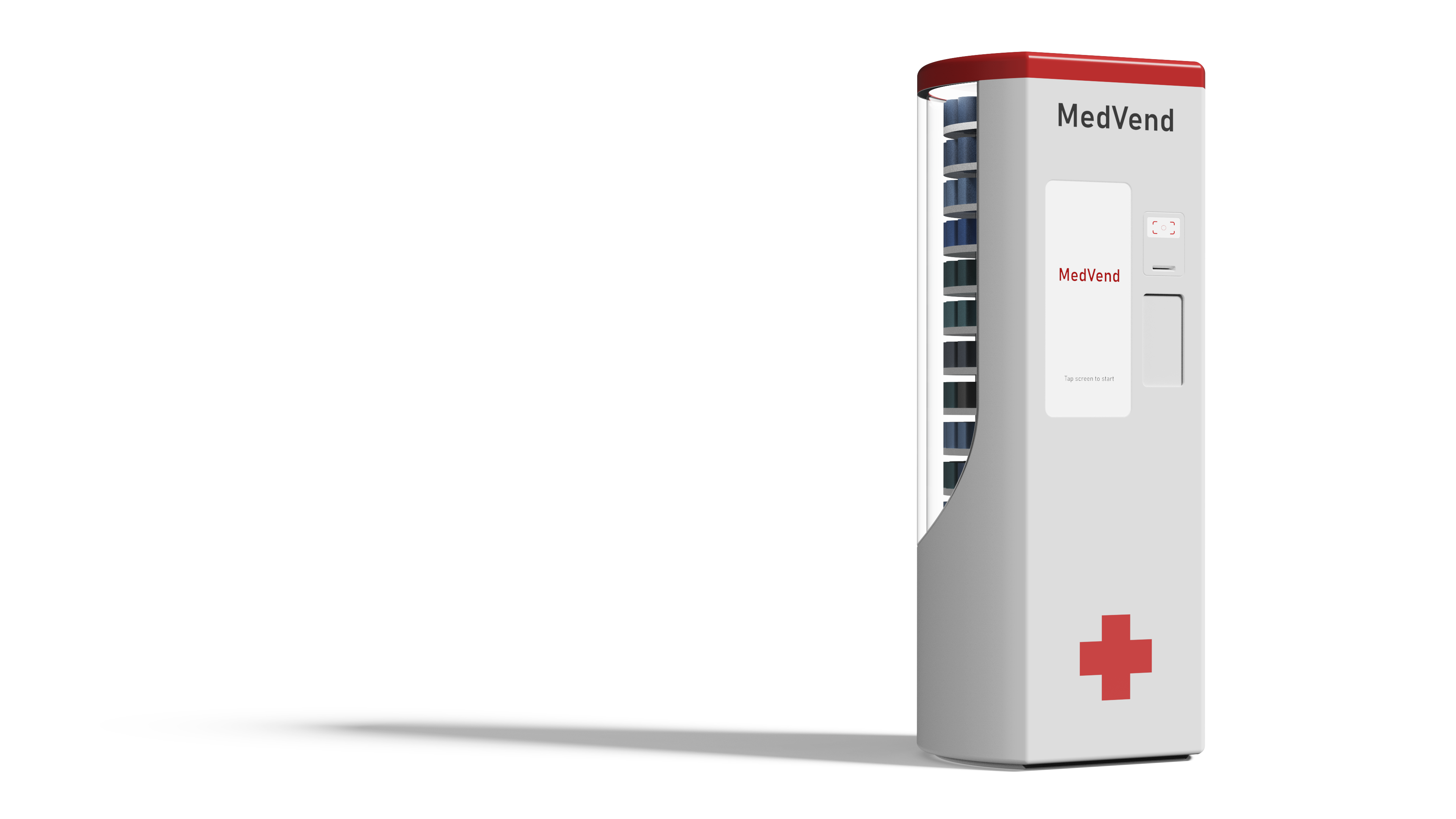Comfort Kit
14 week graduate project
Inclusive design & design research
Inclusive design & design research
Schools encourage children to build healthy habits.
What children learn in their early years is carried with them into the rest of their lives. Habits start to form in childhood, specifically, habits about health. Schools play a critical role in helping children establish healthy behaviors. According to the CDC, 95% of US children attend school everyday which makes schools one of the most effective structures to teach children about health. Many students and families depend on school health resources.
Encouraging a holistic approach to health education.
Not only is physical health and health education important in elementary education, but also, schools have made a recent push towards Social-Emotional Learning (SEL). A wealth of evidence shows the positive effects of SEL programs for the youth especially when programs occur in a positive and supportive learning environment. However, according to the Committee for Children, isolated approaches to SEL are less effective. There is a need for consistent messaging and reinforcement throughout the child's day. Opportunities for a more coordinated approach are still being discovered.
Youth health experts use mild health situations to teach valuable lessons.
To better understand student health needs, one-on-one interviews were conducted with health experts like school nurses and a child psychiatrist. Teachers were interviewed to understand how student health issues affect instructional time. Three main takeaways were found. First, educators have repetitive conversations with students to help them draw connections to why their bodies feel a certain way. Second, students leaving class for nurse's office visits is an interruption, so school nurses look to support students inside the classroom. Third, health professionals teach students tools that allow them to check in on their bodies and feelings outside of school.
What do young students know about their health?
An activity with twenty elementary-aged students at the Robinson Community Learning Center was used to better understand what young students know about heath. Working in groups, students were asked to be the nurses and use the images and markers provided to help their patients feel better.
Students seek comfort and support from their nurse.
Students were excited to personalize their patients and create stories about why they weren't feeling well. To make their patient feel better, students used love and compassion just as much as any physical health tool. They left notes for their patient about love and laughter.
Modernizing traditional health tools for today's insights.
When exploring potential ways to intervene, it was important to keep multiple stakeholders in mind. Students, teachers, and school health personnel should approve of and benefit from these concepts. Solutions should be portable so that they can be used at home and give families a guide to continue health conversations outside of school. Tools should enable students to pause and think through ways to deal with physical, social, or emotional challenges; aligning with existing teaching methods of school nurses and adolescent therapists.
Third-grade teacher shares her ideas for tools that support children's well-being.
Ideas for coloring book activities, games, and toys were collaboratively brainstormed with a teacher who provided valuable feedback, as shown in the image below. Her insights not only strengthened design concepts but also validated the importance of creating tools that support children’s well-being.
Introducing the Comfort Kit.
Three tools work together to form a comprehensive kit that addresses three different health needs: social, emotional, and physical. The kit can be laid out as a station on a table in the classroom, or it can become a student's classroom job to bring it to the playground or on field trips. If needed, students can take turns bringing the kit home after school to help at home.
Calm Kid Coloring Book supports emotional wellness.
Calm Kid Coloring book uses drawing to help students work through their feelings. Students add to scenes, like a classroom, to describe something that happened. On the back side, students reflect on how it made them feel. They can bring the completed sheet to an adult if needed to help them communicate their needs.
Heal Better Magic Wand provides physical comfort.
The Heal Better Magic Wand is inspired by students' psychological reliance on things like ice packs and bandaids to make themselves feel better. In interviews, teachers and nurses cited how quickly they run out of these items as a real problem. Building off of students' need to be "fixed" or physically comforted, students wave the Heal Better wand over the area that they are concerned about. The experience of a light shining on the sensitive area combined with students moving about has the potential to improve the way students are feeling.
What's That? Card Game models social behavior.
The What's That? Card Game encourages students to learn from observation. On the front of the card, students look at a photo and think, What's That? They can spend time creating stories about each adult character and figure out what is going on in the picture. On the back side, facts about health and the human body connect to each picture. Students can have fun quizzing their friends. This activity grew out the knowledge that young students love to make up stories; which was learned both at the Robinson Center and through teacher interviews. Additionally, teachers encourage students to observe the adults around them to model their behavior.
The complete Comfort Kit.
The Comfort Kit encourages students to pause and evaluate their feelings. By providing engaging activities that accommodate different learning styles and health needs, students can develop awareness of how their body is feeling and they can learn skills that help them deal with similar issues if they arise again. The Comfort Kit helps students begin to build habits that they can take with them into the next phases of their life.





